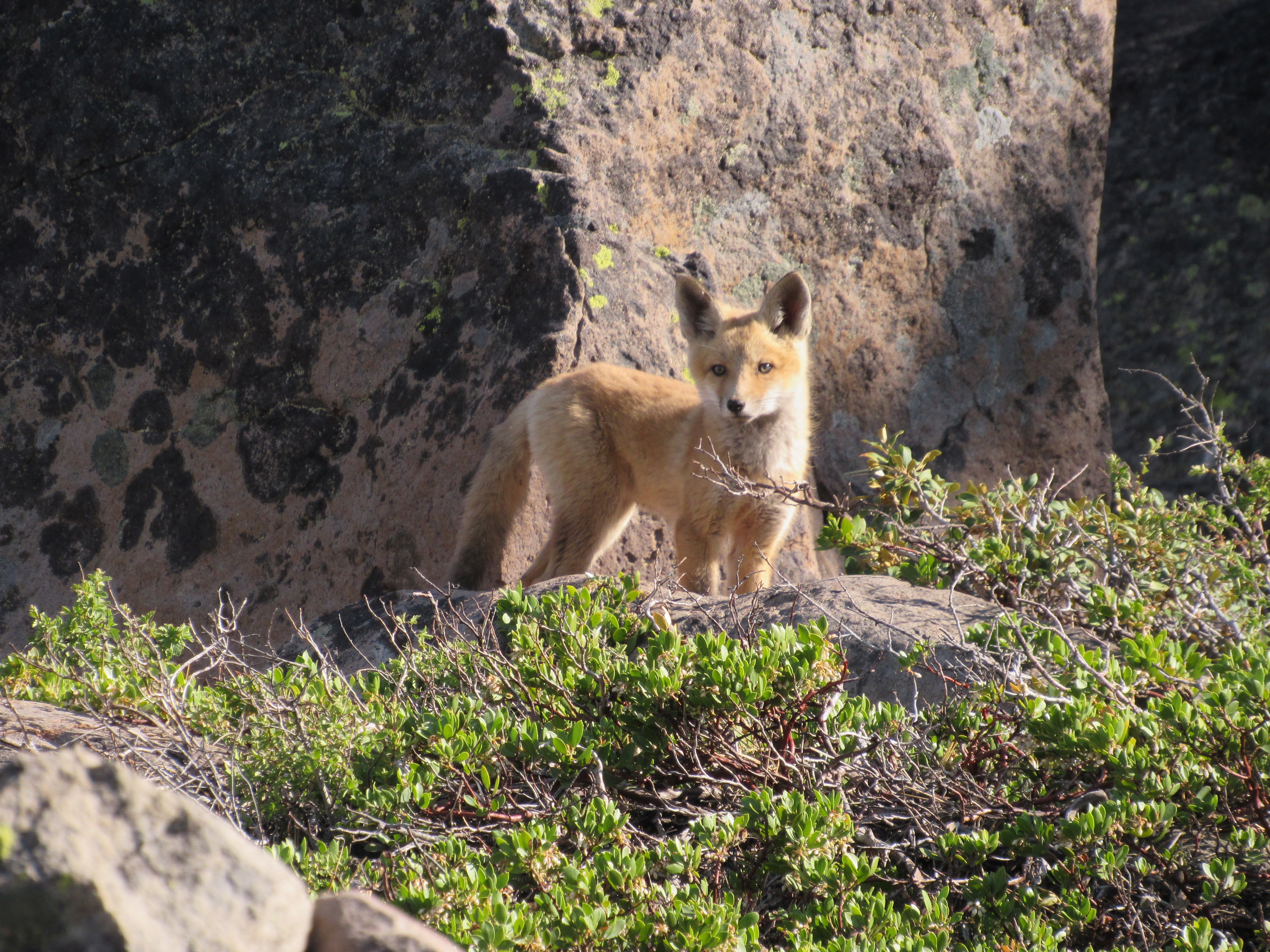Rare Sierra Nevada foxes survive Dixie fire
Just several dozen of the mammals remain in the wild in California and Oregon

Your support helps us to tell the story
From reproductive rights to climate change to Big Tech, The Independent is on the ground when the story is developing. Whether it's investigating the financials of Elon Musk's pro-Trump PAC or producing our latest documentary, 'The A Word', which shines a light on the American women fighting for reproductive rights, we know how important it is to parse out the facts from the messaging.
At such a critical moment in US history, we need reporters on the ground. Your donation allows us to keep sending journalists to speak to both sides of the story.
The Independent is trusted by Americans across the entire political spectrum. And unlike many other quality news outlets, we choose not to lock Americans out of our reporting and analysis with paywalls. We believe quality journalism should be available to everyone, paid for by those who can afford it.
Your support makes all the difference.Rare Sierra Nevada red foxes survived the devastating Dixie Fire that burned through large swathes of their habitat, according to California wildlife officials.
The animals are among the rarest mammals in North America, with between 18 and 39 thought to be living in the wild in Northern California and southern Oregon.
California Department of Fish and Wildlife officials say that less than 15 of the foxes live around Lassen Volcanic National Park, parts of which were charred by the almost one million acre Dixie Fire over the summer.
Biologists had feared for the fate of a vixen named Tule, who had at least two pups with her in the remote Caribou Wilderness, which was burned in August.
Now CDFW officials say that a satellite collar fixed on the three-year-old fox continued to ping throughout the blaze, and data showed she moved north when the fire swept through the region.
Jennifer Carlson, an environmental scientist with the California Department of Fish and Wildlife, says that there is a good chance that the fox’s puppies also survived.
She told The Los Angeles Times that it was likely “her movements would have gotten much larger and she would have been using a much larger area,” if the pups had perished in the fire.
Three other collared females in the area also appear to have survived the fire, which burned two-thirds of the park.
The biologists believe that all three females gave birth in 2021, but have only confirmed one litter of five pups.
“If the parents survived, there’s a good chance that the pups — most of the pups — survived and did not perish as a result of the Dixie fire,” said Ms Carlson.
“They’re pretty resilient as far as being able to adapt to wildfire.
“Now, if we continue to have catastrophic wildfires like this, that might be another story.
“If it continues to happen every year … to where there’s no habitat left, then we’ll have a problem.”
The foxes were designated a threatened species in California in the 1980s, and during the Dixie fire were given federal protection under the Endangered Species Act.
Join our commenting forum
Join thought-provoking conversations, follow other Independent readers and see their replies
Comments